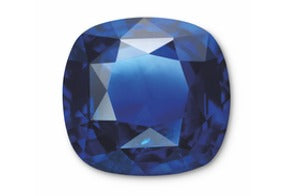SPINEL
Moh's scale of hardness: 8
Crystal System: Cubic
Lustre: Vitreous to sub-adamantine
Birthstone: August
About: Spinel can be red, pink, orange, purple, violet or blue. Red and pink are caused by traces of chromium, orange and purple by chromium and iron and dark blues by traces of iron and cobalt. Spinel used to be offered as a ruby alternative but nowadays it is praised for its own special characteristics. Some spinels display phenomena such as colour-change and asterism. Usually, spinels look clean to the naked-eye.
Origin: The main sources of spinels are: Sri Lanka, Afghanistan, Myanmar, Tanzania and Madagascar.
Use in jewellery: Due to it's hardness, Spinel is suitable for jewellery that is worn frequently. Depending on the transparency of the stone which can be transparent to translucent, spinels are cut into faceted gems, cabochons and beads.
Treatments, synthetics and imitations: Spinel is not usually treated or enhanced. Synthetic spinels are readily available on the market and they are also used to imitate other stones such as sapphires. Synthetic spinels have the same chemical properties to natural spinels but their value is significantly lower so they should always be disclosed as synthetic.


















